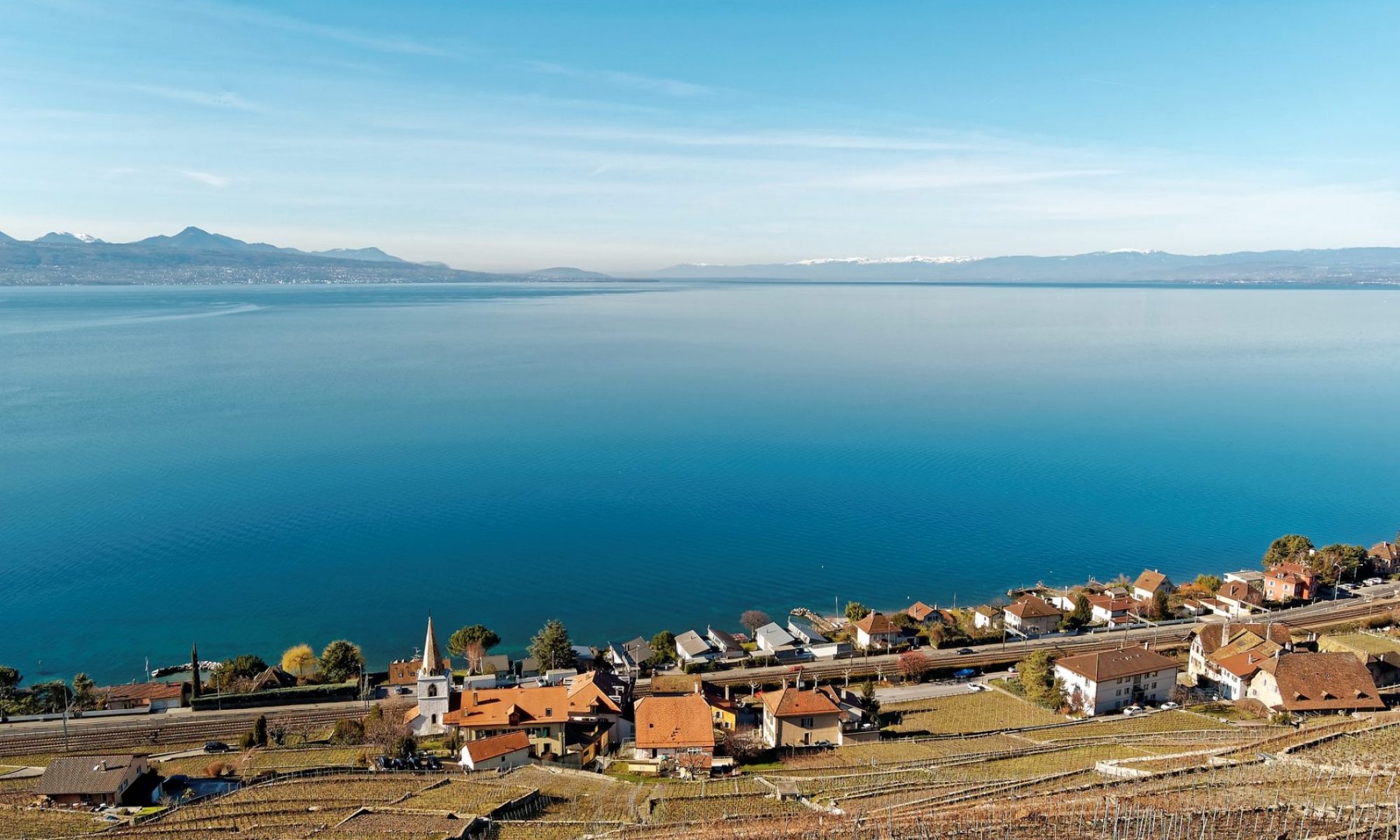Dre Nadine Czekalski / Supervisor :
Summary
Increasing numbers of multiresistant bacterial pathogens cause severe health problems on a global scale. Large quantities of bacteria and their resistance genes are discharged into natural environments via human and animal waste. Not much is known so far about the fate and further spread of resistancedeterminants in the environment. There is evidence that aquatic
environments may function as important compartments for preserving and exchanging antibiotic resistance genes (ARG) from sewage and drinking water.
Lake Geneva is the largest fresh water reservoir of Western Europe and supplies the surrounding cities. At the same time these cities discharge sewage into the lake. Lausanne is the largest city in the lake’s catchment and discharges the highest amount of treated, as well as in case of heavy rain events, partly untreated waste waters. Also two rivers, Chambering and Flown, transport untreated sewage (bypass), in case of storm events. Only 3.4 km from
the sewage discharge point lake water is pumped for drinking water preparation for Lausanne.
Many studies have reported on contamination of the bay with heavy metals, inorganic nutrients, organic carbon and fecal indicator bacteria due to the sewage discharge. The present thesis aimed on investigating the sources, spreading and fate of antibiotic resistant bacteria and antibiotic resistance genes in the Vida bay, Lake Geneva.
In the first part of this dissertation, a screening for antibiotic- and specifically multi-resistant bacteria was carried out as one of the first studies in a Swiss waste water stream and the receiving fresh water lake. For this purpose, a combined set of culture based (viable bacterial counts on nutrient media supplemented with antibiotics) and molecular tools (detection and quantitation of antibiotic resistance genes from environmental DNA-extracts using quantitative real-time PCR) was applied. Raw hospital and communal sewage, as well as partly treated/mixed sewage, which is discharged into the lake via an effluent pipe 700 m off shore, were taken into account. Furthermore lake water samples nearby the end of the waste water discharge pipe and the drinking water pump as well as close to the two river mouths were analyzed. Finally, the role of Lausannes WTP was evaluated for its potential to remove resistant and multiresistant bacteria, as well ARG. Results show highest levels of multiresistant bacteria and ARG in both hospital and communal sewage.
Incidence was found that the WTP is a selective environment for multiresistant bacteria and resistance genes. Moreover, lake water and sediments nearby the end of the WTP discharge pipe and the two river mouths exhibited significantly higher levels of resistant determinants as compared to samples from the drinking water uptake. If the level of antibiotic resistance close to the drinking water uptake represents the natural background level of the lake or whether it is
impacted by the WTP plume remained open during this first survey.
The spatial distribution and persistence of ARG discharged via waste water into lake systems has been evaluated for the first time in the second part of this thesis. 22 sediment cores were sampled along two major transects (leading either into the deep lake or along the southwestern shore line to the drinking water uptake) and in the vicinity of the WTP discharge pipe in the Vidy bay. A subset of samples was also analyzed for contamination with a “conventional” pollutant of sewage (mercury), for which a similar transport behavior (particle
bound) as for bacteria and their resistance genes is assumed. The microbial community composition in all sediment as well as in waste water samples was analyzed using ARISA.
Strong pollution with both ARG and mercury was detected in close proximity of the WTP discharge pipe and both contaminants significantly decreased along the transect into the deep lake. In general however, the spatial contamination of mercury and ARG was only moderately correlated. While the mercury contaminated sediment surface area tended to have a pollution tail in south eastern direction, ARG showed only a slow decrease along the south western
transect. These findings imply differences in transport and fate of mercury and ARG in the bay, or additional sources of ARG contamination. Analysis of the microbial diversity in the samples support these hypotheses. This study revealed feasibility of qPCR as a tool to semiquantitatively track spatial ARG contamination in fresh water lake sediments.
Not much is known yet on the antibiotic resistance background level of fresh water lakes and how this may be influenced by anthropogenic activities in the surrounding catchment. Water samples from 21 Swiss lakes have been collected and were analyzed for the prevalence of different ARG (2 sulfonamide resistance genes sul1 & sul2, 3 tetracycline resistance genes tetB, tetM, tetW and one plasmid mediated fluoroquinolone resistance gene qnrA). In order to
document the abundance of these genes in the bacterial populations, they were normalized to bacterial 16S rRNA gene copy numbers. The lakes differ in size, geographical position, land use pattern, and trophical status. The composition of the microbial community of all lakes was analyzed using ARISA. Sulfonamide resistance genes were detected in all investigated lakes (0.2-4%, sul1 and 0.01-0.3%, sul2), with highest levels in Lake Baldegger (21%). Lake Baldegger also contained all of the three tetracycline resistance genes, which were found in only 4 other lakes. None of the lakes was positive for qnrA. Important anthropogenic catchment activities linked to sul gene prevalence could not be identified based on our data and may require further analysis and an additional variables to complete our data set.
However, our study demonstrates contamination of Swiss lakes with sulfonamide resistance genes and the potential of fresh water lakes preserve these genes, even remote from direct sources of pollution.
